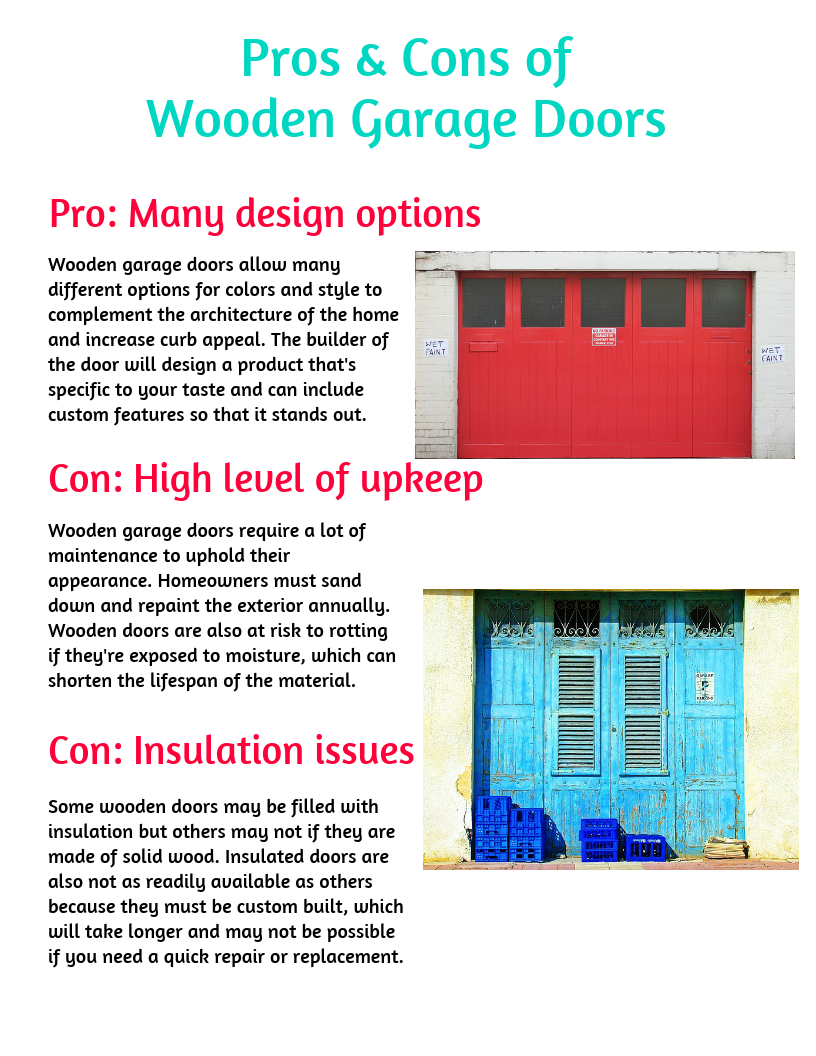Ideal Pressure Cleaning Strategies For Various Kinds Of Surfaces
Ideal Pressure Cleaning Strategies For Various Kinds Of Surfaces
Blog Article
Material Writer-Coley Markussen
When it pertains to push cleaning, the method you select can make all the difference in attaining a tidy, streak-free surface. You might find that hard surfaces, like concrete, need a different strategy than softer materials, such as wood or vinyl. It's necessary to adjust your techniques to the surface kind to avoid damage while maximizing cleansing performance. So, what are the best techniques for each and every surface area, and how can you ensure you're utilizing the best setups and devices for the job? Let's discover what you require to know to get the best outcomes.
Hard Surfaces
When it pertains to pressure cleaning hard surface areas, prep work is key. Before you also think about pulling out the stress washer, put in the time to remove the area of any particles, furnishings, or barriers. You don't want anything entering your means or possibly destructive your equipment.
Next off, examine the surface area for any kind of cracks or damage; this will help you establish the right approach and stress setups.
When you've prepared the location, it's important to pick the appropriate nozzle. For hard surfaces like concrete or block, a narrow nozzle (15 or 25 levels) functions best to offer a focused stream of water that can effectively eliminate grime and spots. Constantly start at a distance and progressively relocate closer to prevent any surface area damage.
As you begin cleaning, keep the wand transferring to stop streaks and over-saturation. It's also handy to work from the top down, allowing dirt and particles to get rid of normally.
Finally, remember to wash the surface area completely after cleaning up to get rid of any kind of leftover detergent. With these methods, you'll achieve a clean and rejuvenated appearance on all your hard surface areas.
Soft Surfaces
Stress washing soft surfaces calls for a gentler method to secure them from damages. Whether you're cleansing your deck, patio area furniture, or house siding, making use of excessive stress can result in damages, scratches, or even irreparable harm.
Beginning by picking a low-pressure nozzle, ideally a 25-degree or larger spray pattern, to spread the water more delicately.
Before you start, it's essential to pre-treat any type of spots with an ideal cleansing remedy. This step allows the cleaner to penetrate the dirt and crud, making it easier to wash away without scrubbing too hard.
Always use the remedy from the bottom up to protect against streaking.
When best window cleaning service near me start stress cleaning, maintain a distance of at least 12 to 18 inches from the surface. Move your stick in a sweeping movement, keeping it parallel to the surface area to prevent focused pressure on one area.
Wash the location extensively after cleaning up to get rid of any type of residual cleanser.
Finally, inspect the surface area for any type of missed out on places and duplicate the procedure if required. By complying with these steps, you can properly clean soft surfaces while maintaining their stability and look.
Specialized Surfaces
Cleaning soft surfaces calls for treatment, but specialty surface areas require much more attention to detail. When you take on these surfaces, like fragile wood, discolored concrete, or specific types of house siding, utilizing the right pressure cleaning strategies is important to avoid damage.
Initially, evaluate the material. For instance, treated timber can often hold up against modest pressure, but softer timbers like cedar might require a reduced setup. Always start with the most affordable stress and progressively raise if needed.
For tarnished window cleaning services commercial , use a fan spray nozzle and maintain a regular distance to prevent engraving the surface.
When dealing with surfaces like plastic house siding or painted surface areas, a wide spray pattern helps disperse the pressure equally, securing the surface.
It's likewise important to use detergents specifically made for specialized surface areas. They can enhance cleaning without endangering the material.
Wash thoroughly after washing to get rid of any type of deposit, as it can bring about staining or wear and tear over time.
Final thought
In conclusion, mastering stress cleaning strategies for different surface areas can make all the difference in your cleaning results. For hard surface areas, adhere to slim nozzles and a top-to-bottom method, while soft surfaces require a gentler touch with larger nozzles. Do not forget to pre-treat stains and wash completely to stay clear of deposit. By adapting your methods to each material, you'll not just attain a cleaner coating however likewise protect the integrity of your surfaces. Satisfied cleaning!
